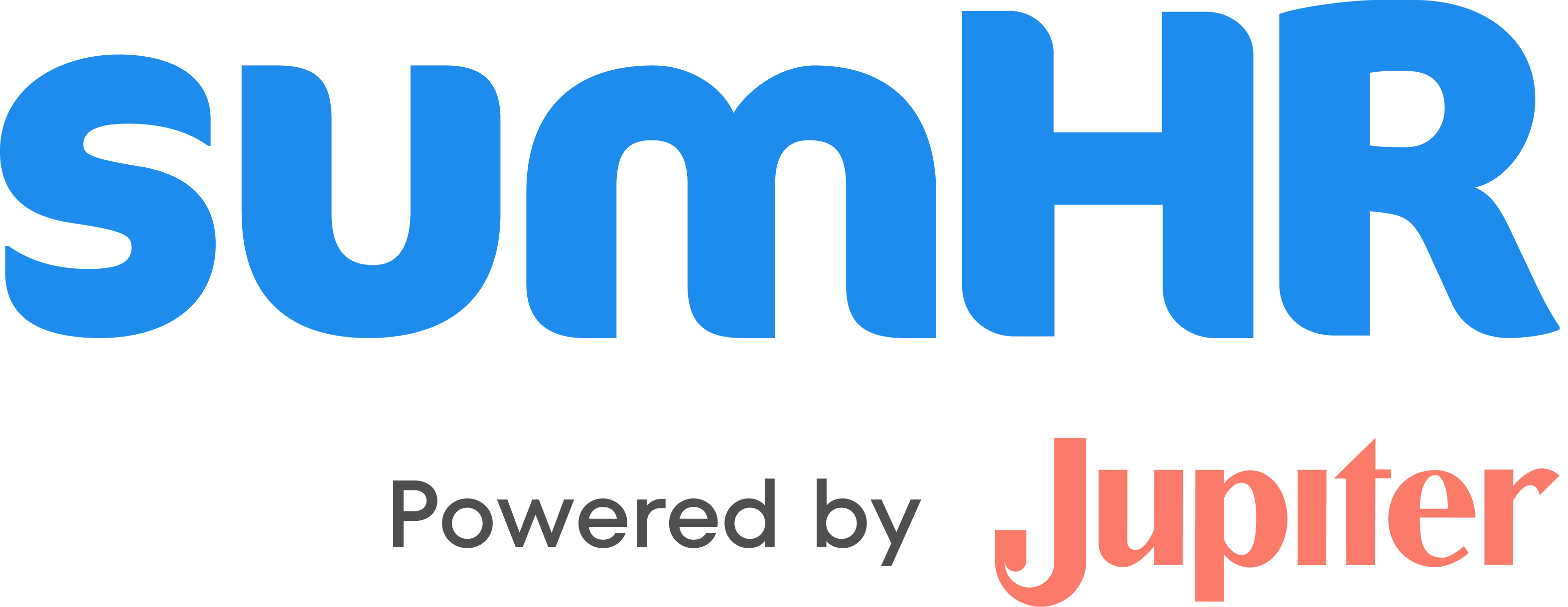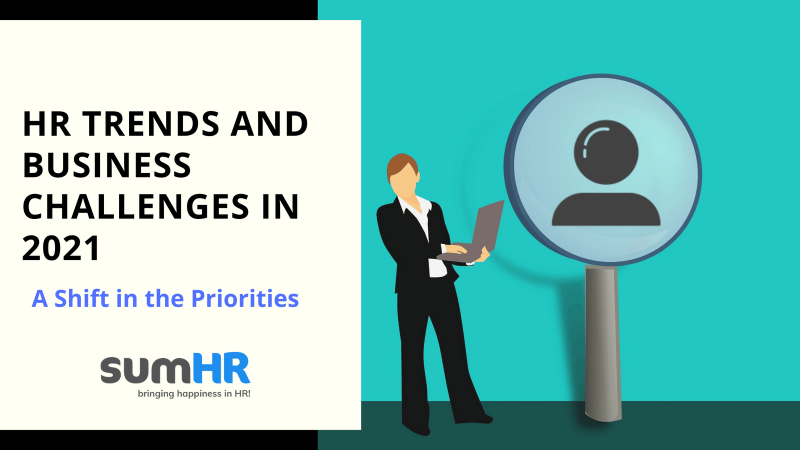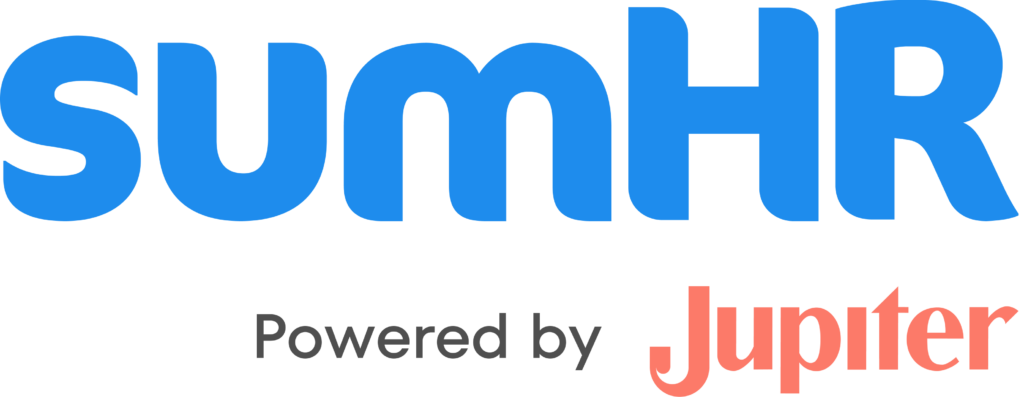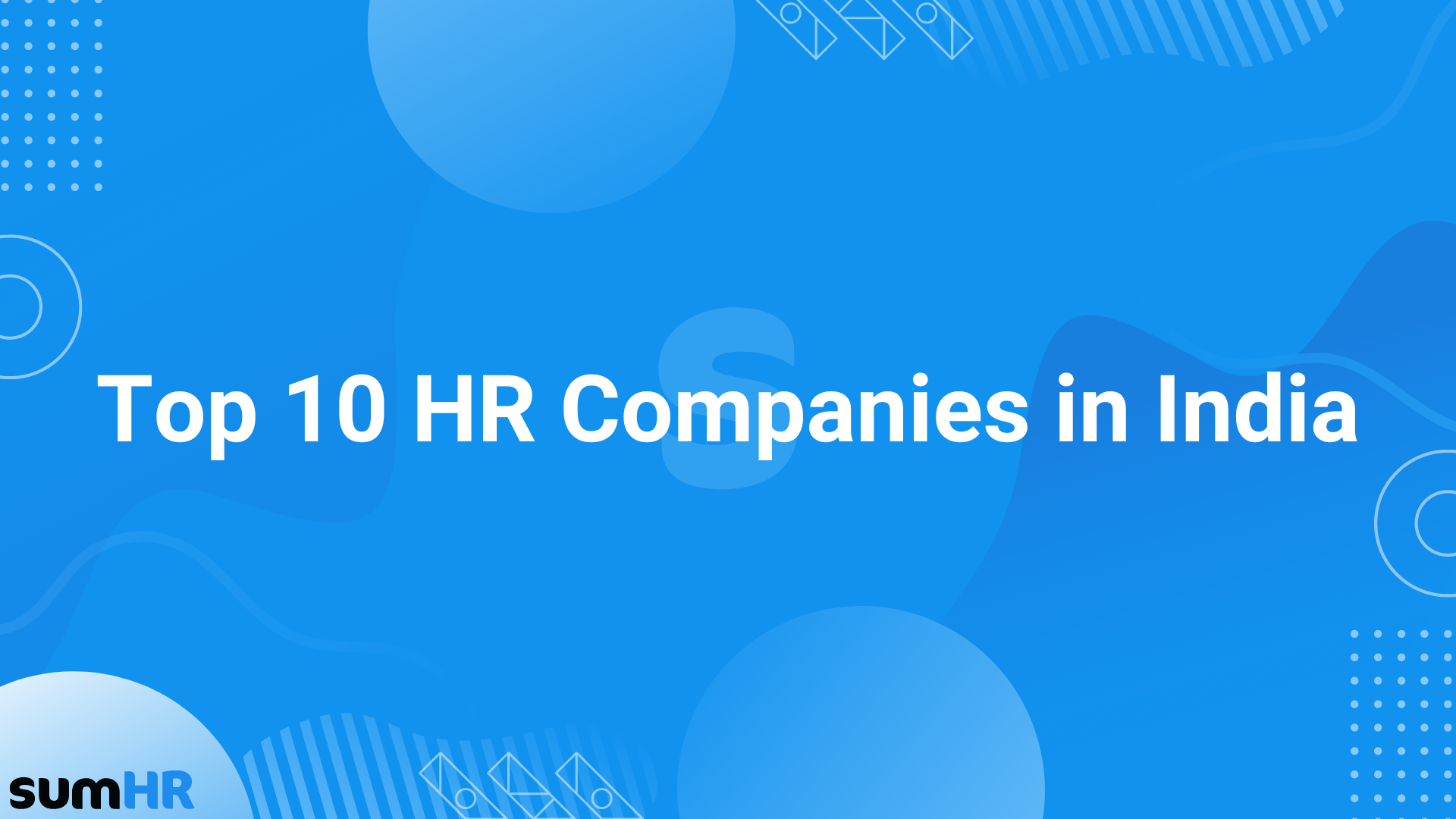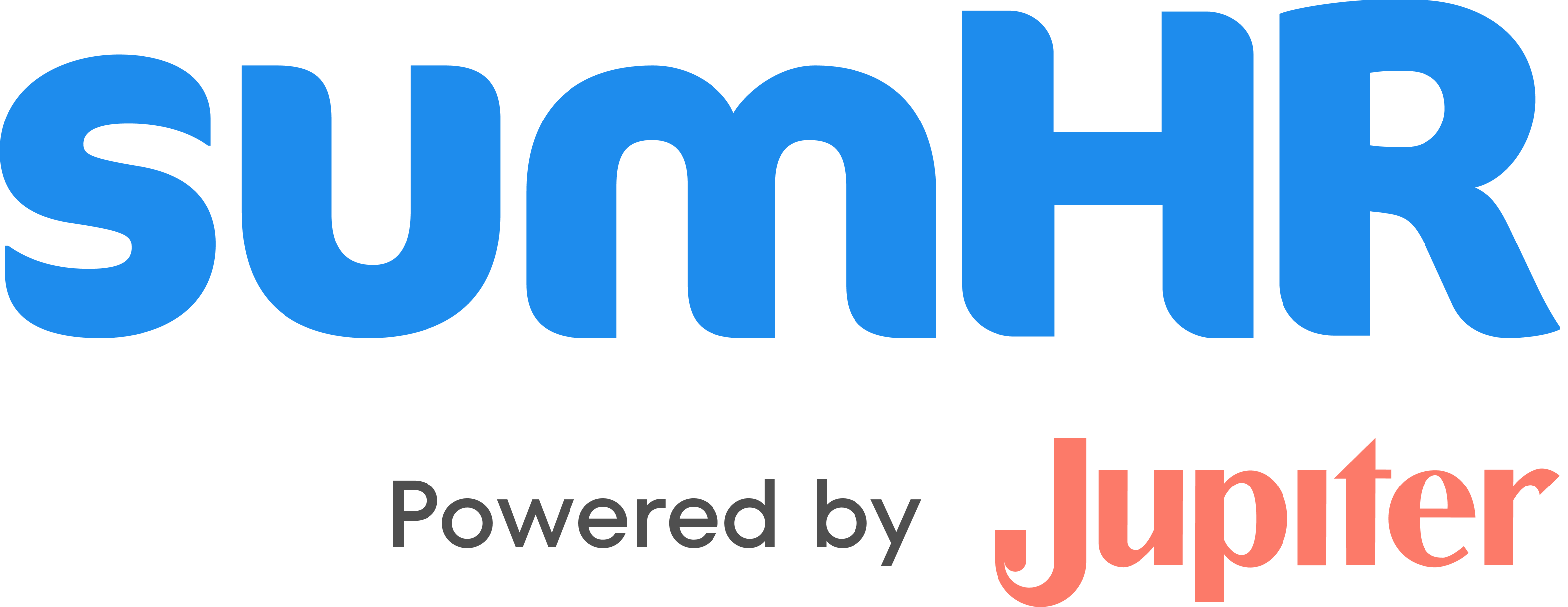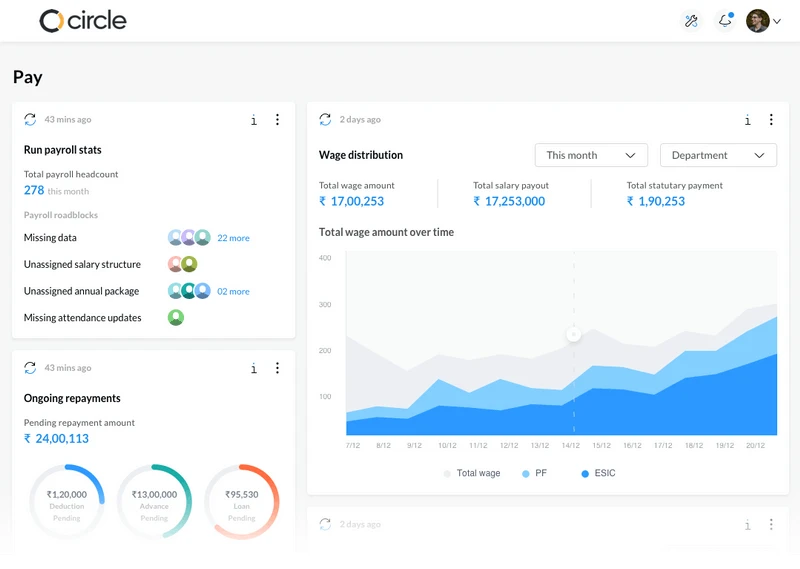As the pandemic continues to tear into the world’s economy and peace, businesses worldwide have turned to HR leaders to hold their hand through this crisis. If you are an HR yourself, you would know how important the HR department was in reassuring employees, managing their tech troubles, and making sure the company rapport stayed positive.
Many industries have been facing massive layoffs as a result of dwindling profits, and the dynamics of separation have complicated the processes of recruitment, hiring, onboarding, and training.
Unemployment rose to a peak of 14.7% in April, according to the Bureau of Labor Statistics. But studies show that despite the pandemic situation, 60% of companies had hired at least one new employee since March 2020, when it all started.
Almost everyone has shifted to a work from home environment for the time being, which has posed a challenge to HR, especially those who are used to on-premise work.
However, the accelerated digitization and use of HR software have enabled professionals to keep their client companies floating and keep up the employee satisfaction levels even during times like these when there seems to be no hope.
But times are changing – as we venture into uncharted territory, we must acknowledge the current HR trends and new priorities that are developing because of unprecedented challenges and the field’s digital transformation.
If you are an HR professional whose life has turned hectic in the past half-year and would like to know what can happen next, this article is for you.
Let us take a look at what the HR Industry would focus on in 2021?
Technology in the office - Helping workers adapt to a virtual workspace.
The phrase ‘work from home’ was once reserved for freelancers and those who work with gig economies, but the COVID-19 pandemic made working from the comforts (or the discomforts) of your house the norm. Over 40% of Americans worked completely from home, full-time this year, according to a study from Stanford University, and the Australian workforce finds 75% of employees had such arrangements for 2021.
Digitization of many processes in businesses was already largely underway, especially with regards to HR software, but it is not as easy for the average employee to take his responsibilities to a virtual platform. It is up to HR to train these newbies to technology into being masters of completing their tasks online and reporting them efficiently.
Not every employee may even have the necessary hardware or resources to operate smoothly from home. HR now has the responsibility of making sure that each employee is well-equipped and knows how to deal with crises where they have health emergencies or need to travel impromptu.
Many companies, however, are realizing the benefits of having a workforce that operates from their homes – businesses that offer services that are mostly virtual were able to save money and resources because their employees were staying home.

Companies that have achieved a comfortable equilibrium from their remote working experience will most probably see a hybrid office space in the future.
But the shift to such hybrid workforce models would depend on many factors, including the task at hand for the employee, their personality, and whether their situation at home is conducive to productivity. These are parameters that, as an HR, you need to evaluate before you decide whether your organization is ready for such a hybrid office situation.
People are also shifting from their homework desks to co-working spaces where they can safely maintain social distancing while simulating a work environment. Coordinating these can also help HR keep track of where their employees are working and how they are faring.
There are detrimental effects to work from home experiences, including detachment and alienation from the organization, a decrease in overall mental health, and the subsequent impact on productivity, depending on the employee’s personality and comfort with working from home. The long term effects are yet to be studied.
1. Redefining employee experience
Employee experience means everything in this field, and surely, it’s a phrase that crosses your mind very often as an HR professional. But the pandemic has changed what the phrase means – with dwindling job security and increasing work from home situations; there is a new normal and a whole new experience for all workers worldwide.
This necessitates a second look at what we mean by employee experience.
Before we set down well-defined criteria for the same, we must try to collect data about employee experience during the pandemic using engagement tools and employee surveys. Many business leaders swear by data-driven insights to study the development of their business operations.
Such an analysis, even if it takes effort, will provide you with insights on areas you need improvement when it comes to recruiting and retaining employees.
Many employees are growing to prefer work from home experiences, but the question is, at what cost?
While remote managers (82% of them, according to this report) are understandably worried about employee focus and productivity, almost 98% of employees expressed the desire to work from home for at least a few days every week throughout their careers. While it is great that many of them are comfortable, what would be the impact on the overall productivity of the company?
Here, it is up to HR to weigh the pros and cons and create the perfect hybrid office workspace.
One main goal that the new employee experience must include is the minimization of detachment and alienation from the company that arises from working from home. It’s important that your employees have a connection with the company that they’re working for.
Encouraging cross-functional work strategies can help your team engage with each other and collaborate to not only come up with intricate business solutions but also to catch up and form bonds with one another.
To prevent your employee from detaching completely from your company’s larger vision, you must take care to invest in employee engagement, building team spirit, and developing cross-functional work strategies. You can even play a crucial role in brainstorming sessions if a particular team is stuck in a rut.
2. Employee well-being – The benefits of having a health policy
Healthcare is on the top of everyone’s list, with disease and death lurking around every corner. It is essential that businesses focus on developing a health package that will reassure their employees and mitigate any uncertainties and insecurities they may have about potential health issues.
Until the COVID-19 vaccine is accessible to everyone, which predictions show will take some time, these anxieties will remain.
Some companies have begun to add 100% coverage for COVID-19 testing and related costs – while this may seem like a lot to offer, we should keep in mind that healthcare systems across the world are in disarray, the US healthcare being one of the worst – any reassurance that your employees can get, you must offer them.
Once they can rest easy about potential healthcare costs, their productivity will increase too, along with their loyalty to the company – replacing (or losing) an employee can cost 30%-150% of their salary, so you can weigh the pros and cons yourself.
Other than offering your employees healthcare and well-being plans, you should also invest in encouraging positive behaviours and morale. Why wouldn’t you want to work for a company that cares about how you are doing?
3. Diversity in your organization – Defying norms and acquiring new talent
The World Bank reported that gender equality in workplaces could tune the global economy to reach around 120 trillion pounds. McKinsey revealed that gender and ethnic diversity could increase profitability by 21% and 33%, respectively.
Many governments across the world are making inclusivity at the workplace a mandatory requirement for company policies, which is why there will be a growing trend of perennials getting added to the workforce – perennials are people of all ages and socioeconomic backgrounds who defy stereotypes and make connections.
This shift is a great opportunity for your firm to create initiatives that focus on recruiting employees from diverse backgrounds. It will increase positive employee sentiment and can provide valuable insights into how different communities react to your business practices.

But having a diverse team on the label isn’t enough. You should go that extra mile and make the workplace comfortable for people from all backgrounds, from different countries, even if they differ when it comes to race, gender identity, and sexual orientation.
Educate your team on the standards that are expected of them, especially when it comes to things like using the right pronouns and respecting another person’s culture.
It is paramount that every single person feels included and respected and that your company culture prioritizes its workers’ dignity. The people you choose to onboard will help you defy the problematic norms that mainstream society has imposed on the corporate world.
Equity should be key, and activities that encourage collaboration between employees from different departments and backgrounds must be focused upon.
Aside from that, having a diverse workforce will provide you with access to multiple perspectives that can help you improve your business priorities and accelerate the growth and performance of your business model.
4. Focus on the mental health of your workforce
Now that we have discussed physical health and morale, we must focus on the mental health crisis that has been plaguing the world.
The CDC found in June 2020 that around 40% of US adults were facing mental health issues and dealing with substance abuse struggles as a result of alienation and isolation during the pandemic. Someone in your team probably faces similar problems, which is why monitoring worker behaviours and focusing on the personal development of each employee is a great idea for the foreseeable future.

With current trends in HR shifting the focus on employee benefits, it is important that your workers have a good work-life balance and enjoy the flexibility of working whenever they want, especially if they are remote employees. Make sure that if any employee seems more down than usual or are exhibits signs of burnout, you let them take a little while off.
Mental and physical well-being always go hand in hand, so if they are taking many days off in the name of the illness, check up on them and make sure they’re okay. Aside from providing health coverage, you can also suggest other approaches to dealing with poor employee well-being, such as therapy, taking breaks, etc.
Workplace trends, in a way, are changing for the better – worker well-being is given more importance. Don’t be afraid to go beyond the role of an HR and become a friend of your colleague – in times like these; they may need it more than ever.
Reassuring them about their anxieties about their payroll, their family, etc., will put them at ease and increase their productivity.
5. Transparency, equity, and ethical leadership at the workplace
After the #metoo movement gained traction, there is rising pressure on companies to take steps to make the workspace safer for women and for minorities. Any disruption that stems from prejudice and inequality has a chance of getting out into social media platforms and has a terrible impact on your company.
This mandates certain transparency within the company and ethical leadership to guide the business through situations like this.
As an HR, you should step up and make the necessary decisions to avoid compromising situations like that to happen in the first place since it can have a very detrimental effect on brand image.
If you personally see dubious behaviour that makes someone in your workspace uncomfortable in the slightest, or if you see a certain candidate’s resume getting rejected just because of their socio-cultural identity or because they are a woman, you must speak up – not just because you have a good conscience, but to protect the future of your company.
With increased and necessary inclusion of minority identities based on race and gender, you must make sure that there are policies in place to safeguard their dignity and to ensure that they are given the same opportunity that other privileged employees enjoy.
Unsafe working conditions, nepotism, and strange decisions that seem to have come from AI-powered selections or human biases should all be called out on the spot – make sure that no whistleblower is neglected.
6. Hiring more freelance candidates
Talent acquisition is a big part of an HR’s job description, and in a human capital-based economy, it means everything.
With the pandemic causing a great tech revolution, companies are looking for professionals who specialize in areas that have become relevant overnight – and very often, these professionals are found in the freelance talent pool.
Peter Miscovich from JLL Consulting reports that as much as 80% of the global workforce may be working as freelancers by 2030.
Organizations are expanding the hiring of contract workers, with 32% replacing full-time employees with contracted ones to save costs.
While hiring freelance workers have their benefits, there is always the risk of hiring the wrong person. Relying on HR tech that can sift through millions of potential candidates and flag just the right resumes for you can go a long way in helping you deal with the workload.
7. Investment in cloud-based human resources software
HR Tech has been helping companies manage the new demands brought about in a post-pandemic world, but they have been in use long before that.
Companies have already begun to shift to digitized operations – according to Gartner, more than 50% of large corporations had already started using non-traditional techniques like email scraping and tracking workspaces to monitor their workforce as early as 2018.
With payroll management and employee monitoring services, HR tech helps professionals handle core HS processes and increase organizational resilience.
Did you know that 16% of all employers are using technology to monitor internal communications and the working hours of their employees? Apps like Slack and Discord are being used to provide companies with a simulated work environment, while advanced HR tech helps you to keep track of the teams that are located all over the country.
Studies have predicted that one of the major 2021 HR technology trends would be HR leaders coming together to pool in multiple monitoring tools to gather data in order to gain actionable insights. However, it is not always easy to get your company to invest in HR tech.
Make sure you make a good case about the cost and efficiency benefits of investing in HR tech that helps manage payrolls, employee working hours, input and output, computational forms, and much more.
Summing up, the pandemic has shaken the world of HR – whether it is for the better or for, the worse is for you guys, as HR specialists, to decide.
There are doors to new opportunities opening up everywhere, so make sure you make the best of this strange situation we seem to find ourselves in.
If you’re interested in an HR Software or want to learn about HRMS. Take a 7 day free trial or Book A Free Demo.
